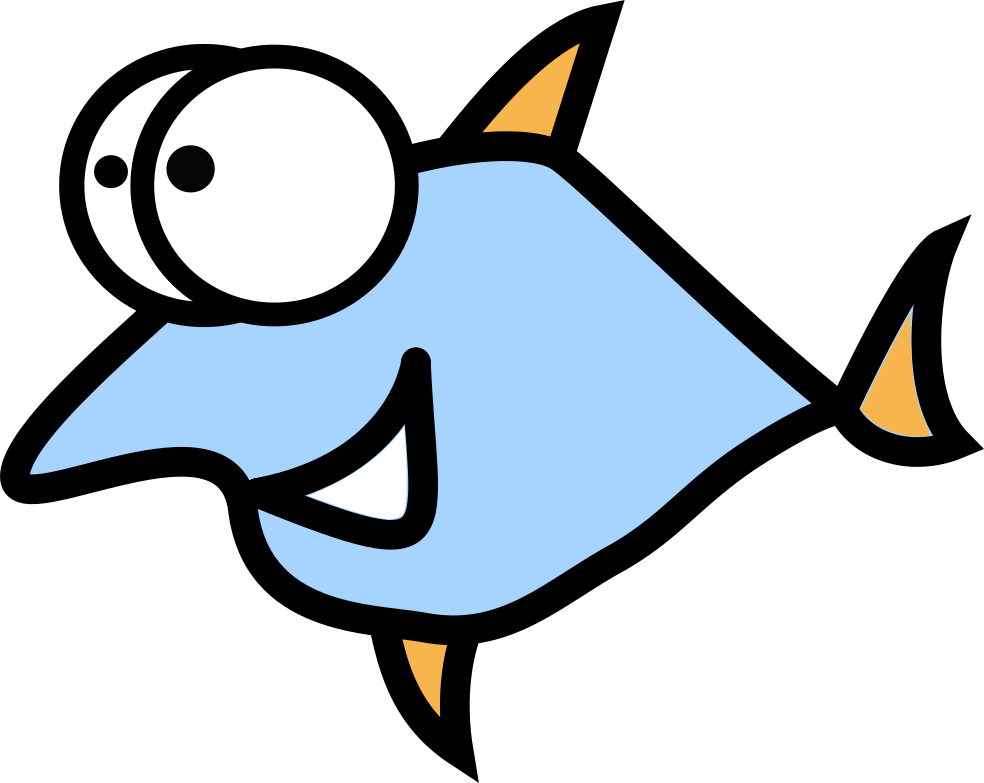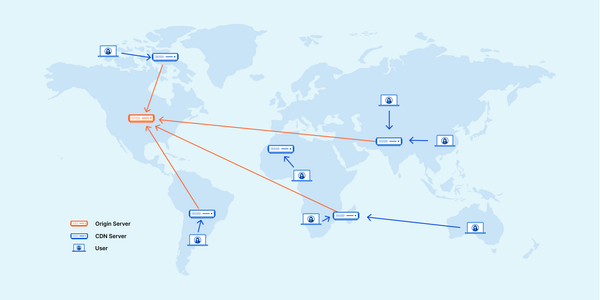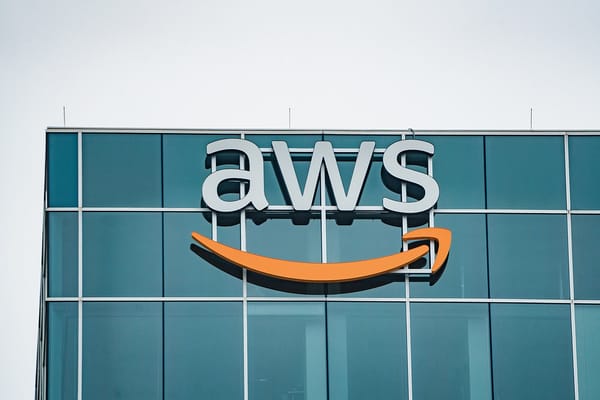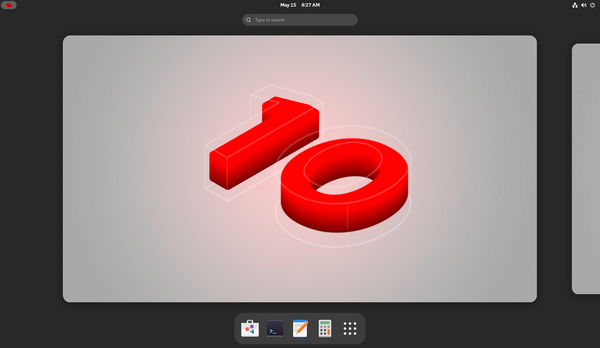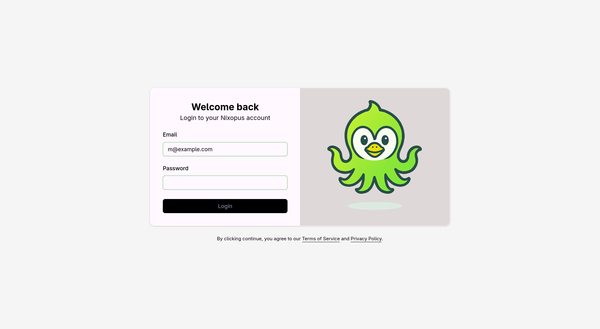The First Linux Phone Experience On Sony Xperia X with Ubuntu Touch

The Ubuntu Touch project was started by Canonical because Mark Shuttleworth wanted to enter the mobile market with his Ubuntu Erge smartphone and an ambitious $32,000,000 crowdfunding campaign. You probably know what happened next - they failed to raise the money and stopped development.
When Ubuntu decided to go away from Ubuntu touch, the project was reborned by independent group of developers under new name, but still based on Ubuntu and run by the independent Ubports Foundation. The goal is very similar - the operating system which should respect the user's freedom and privacy, be developer-friendly and secure, and offer convergence. Ubports supports small subset of devices in comparison to PostmarketOS, but there's not a problem to find them on eBay or another marketplaces, or even buy it directly from hardware manufactures like Fairphone. Ubports use libhydris - library that allows to use Android bionic-based driver adaptations in glibc Linux systems.
My personal turning point came when I read two investigative reports:
- Android OS Privacy Under the Loupe – A Tale from the East - private data leaks on Realme, Xiaomi & OnePlus smartphones.
- Android sends 20x more data to Google than iOS sends to Apple
Then I tried to de-Google Android and found out that it's not easy or even hard to do because these configurations are mostly not even configurable:
- Google DNS is default DNS in Android
- Internet connectivity checks use Google servers
- Android may leak IP and personal information when connected to a VPN
And this is not the end of the list. Projects like GrapheneOS are trying to make Android more private, but the next privacy questions are still critical:
- What about Google Play apps? Can Android successfully isolate them from users' private data? Does Google ever care?
- How easy is it for small development teams to disable Google-related services in millions of lines of Android source code?
- The Google Ads business means that Google is still interested in getting their users' data and showing them more relevant ads.
So I've decided to ditch Android once and finally.
Target device - Sony Xperia X
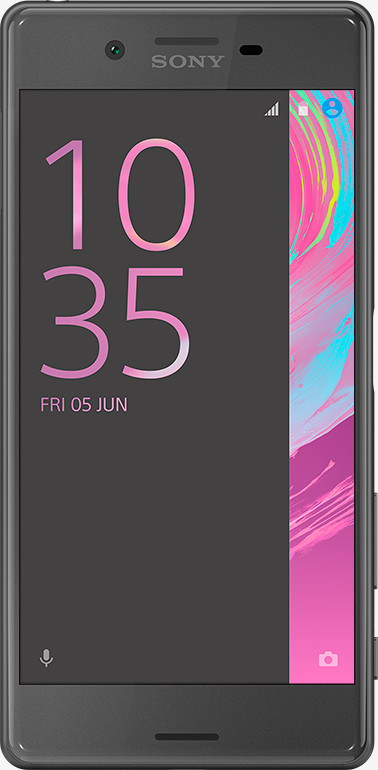
- Chipset: Qualcomm MSM8956 Snapdragon 650
- CPU: Hexa-core (4x1.4 GHz Cortex-A53 & 2x1.8 GHz Cortex-A72)
- GPU: Adreno 510
- Memory: 3 GB RAM
- Storage: 32GB (F5121) / 64GB 3GB RAM (F5122)
- Battery: Li-Ion 2620 mAh, non-removable
- Camera: 23 MP, f/2.0, 24mm (wide), 1/2.3" / 13 MP, f/2.0, 22mm (wide), 1/3"
- Sound: 3.5mm jack, stereo speakers, 24-bit/192kHz audio
Nothing super interesting for today except probably audio DAC with hi-res 24 bit audio support. Another case where Linux can make difference.
Installation
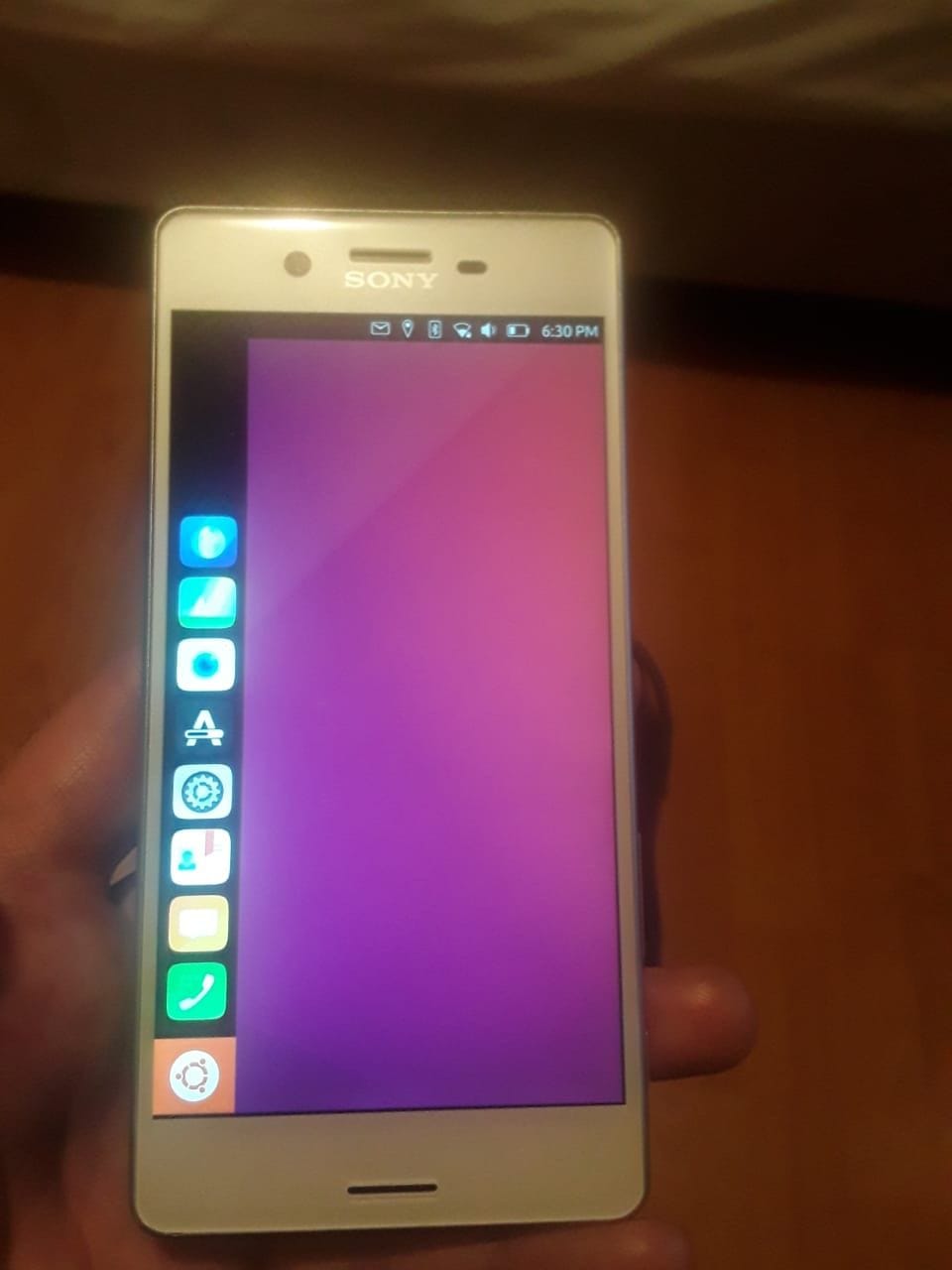
Installation went flawless, just check the device page and don't forget to:
-
Backup TA partition before unlocking bootloader in case you want to lock bootloader again and return to factory state.
-
Update to Android 8 and enable "Allow OEM bootloader unlock" and "USB debugging".
-
Go to Sony Unlock Bootloader webpage and use the instructions on website.
-
Download the Ubports installer from the same device page and do as it tells you.
User Experience
First of all, the fast user interface should be noted - it's much faster than Android on this device. No Java Virtual Machine and only this will earn a solid performance bonus.
The interface feels like a crazy mix of GNOME and KDE, with a little bit of old Android and iOS. Some users may get a slight panic attack, because standard gestures top-bottom don't work here.
- Swap left to right - the menu.
- Swap right to left - the app overview.
This scheme can probably be customized, but the sane default matter.
The keyboard surprised me - this is 100% the best touch keyboard I have ever seen. Let's take a quick look at the features:
- Touchpad mode - swipe from bottom to top to open it, works just like a touchpad! Tap to start a selection, then swipe to select a world or two. There are four buttons to move the selection right, left, up and down.
Some things are really useful with the Terminal application:
-
Function keys mode: it's possible to use F1-F12 keys!
-
Control is also here, with ready shortcuts like Ctrl+L, Ctrl+D, Ctrl+R, etc., which are very useful.
-
PgUp, PgDown, Right-Left-Up-Down, Home, Enter and Tab are also available!
-
Bash mode:
top,clear,ls,rm,findandchmod. -
Special modes for Nano Editor and GNU Screen.
Login works with fingerprint or password/PIN. PIN allows only digits, four digits and longer. Privacy settings allow to configure which data is allowed to be displayed on the locked screen - I found the option to hide SMS content very useful. There's also paranoid more - don't show any notifications at all on the locked screen.
Ubports supports these online accounts:
- Owncloud
- Nextcloud
- General Caldav
Nextcloud/Owncloud integration also supports file sharing and remote gallery, which is quite useful for hosting your own personal cloud without sharing data with big companies like Google or Apple.
The top bar is very advanced and supports multiple options. The last time I've seen something similar was on the Samsung Galaxy UI.
- Notifications: calls and SMS.
- Rotation lock
- Keyboard: Layout and settings.
- Files - quick access to recently downloaded files.
- Location and advanced settings
- Bluetooth toggle and settings
- Network: SIM1/SIM2 switch, Wi-Fi and flight mode switch.
- Sound level.
- Battery, flashlight and display brightness.
- Full size calendar for current month, clock link and time and date settings.
- System: About current device and Ubuntu Touch, Ubuntu Touch Foundation, bug report, screen lock and shutdown menus.
Very impressive - access to all core system functions via top bar, I like this too much!
Battery life is also better than Android - 3-4 days on single charge is very impressive for old battery. A user can improve it by reducing screen auto-lock time and display brightness.
Hey, what about applications? Web browser, WhatsApp, Email? Because applications decide if OS will be successful or not, people don't need just plain OS without applications.
The Ubports ship a small subset of default applications that can be removed from the App Store (hey, Samsung, can you do the same with your 100+ default applications?) There's no problem with browsers - Ubuntu Touch ships Morph Browser by default and several other browsers are available: Onion Browser, Crimson Browser and Crimson Browser.
From the point of view of messengers, this is no tragedy either: Whatsapp and WhatsWeb are available. Telegram is supported by 3 clients, one of which is just a wrapper of Telegram web version. For the free messengers fanboys: several Matrix clients are available, most popular is Fluffychat - that funny chat with cat on the logo. Heck, this is even the only IRC client here!
If you can't find your beloved Android app alternative, there's no reason to give up - 'cause Waydroid, the Android kind of emulator is available and capable of running many popular apps like Tiktok or Facebook Messenger.
Another potentially super useful application is Snapz0r - which brings snap support to Ubuntu Touch. This will be a blast and a second store with legions of Linux applications. GIMP or Krita aren't super useful on a touch interface, but Ubuntu Touch does support virtual mouse mode.
Ubuntu Touch Interface overview
Lock screen
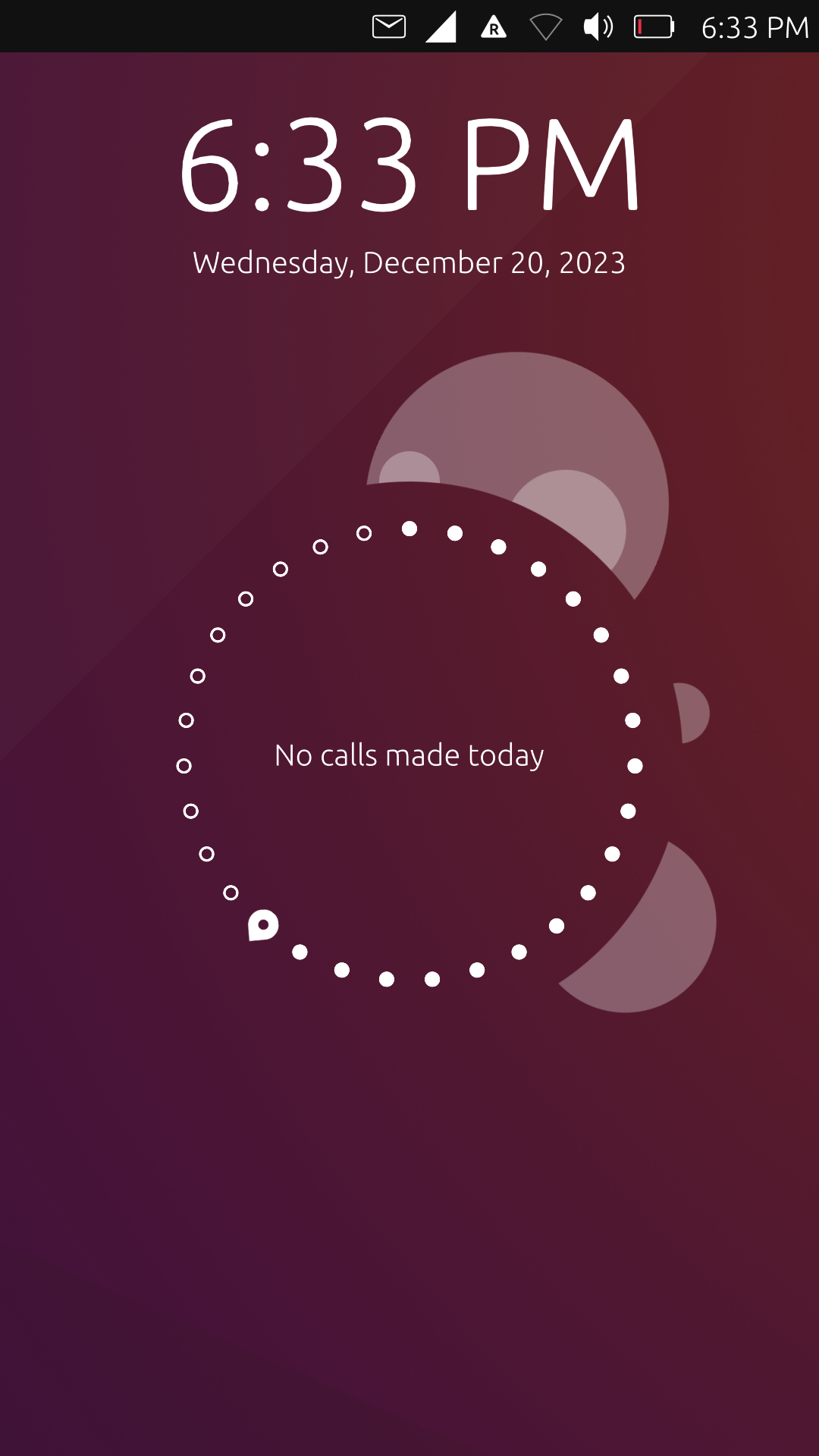
Very minimalistic style, all notifications are displayed on the central circle. What to show on locked screen can be customized in system settings.
Top bar
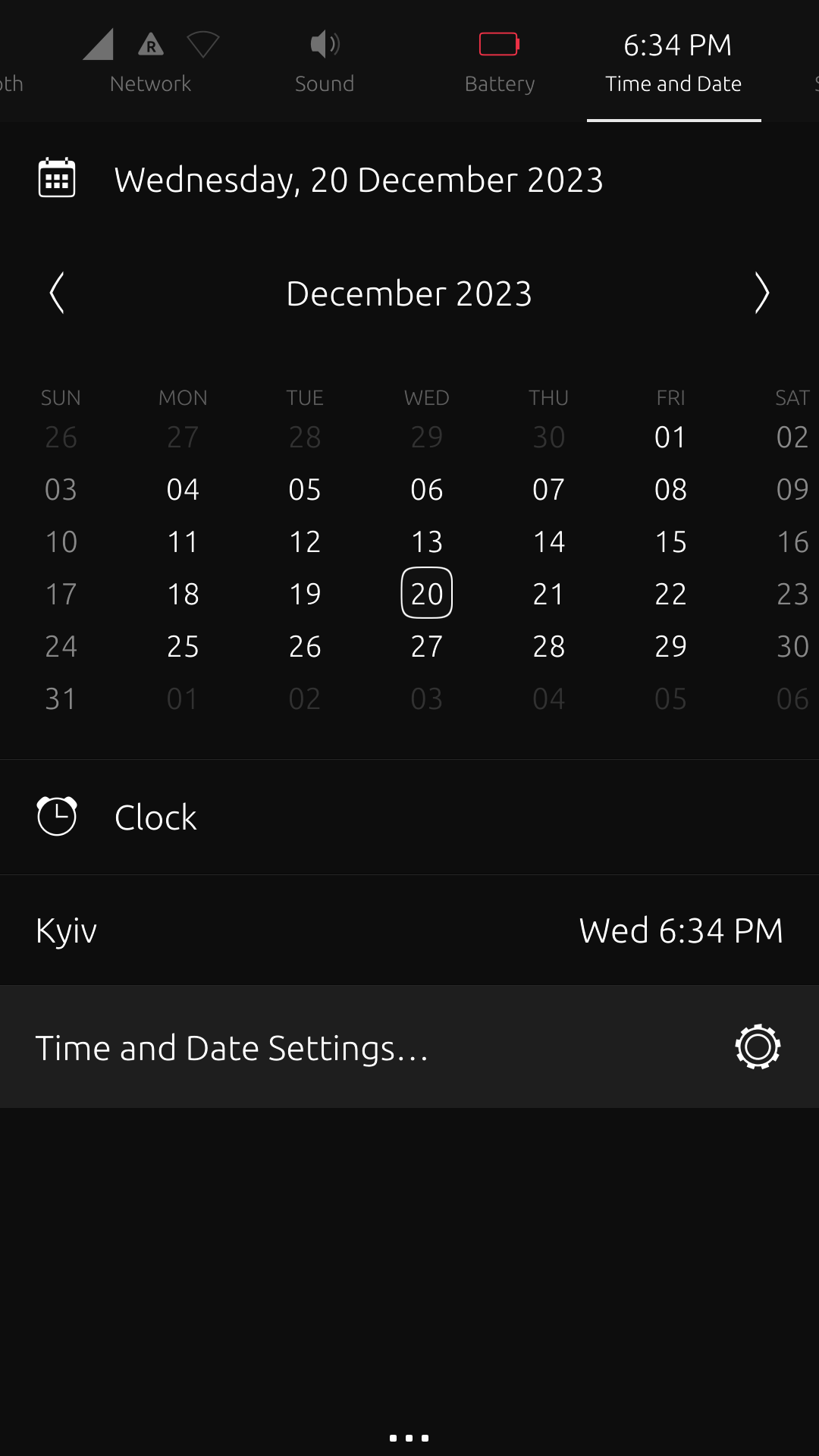
Highly functional, easy access to core system functions.
Calculator
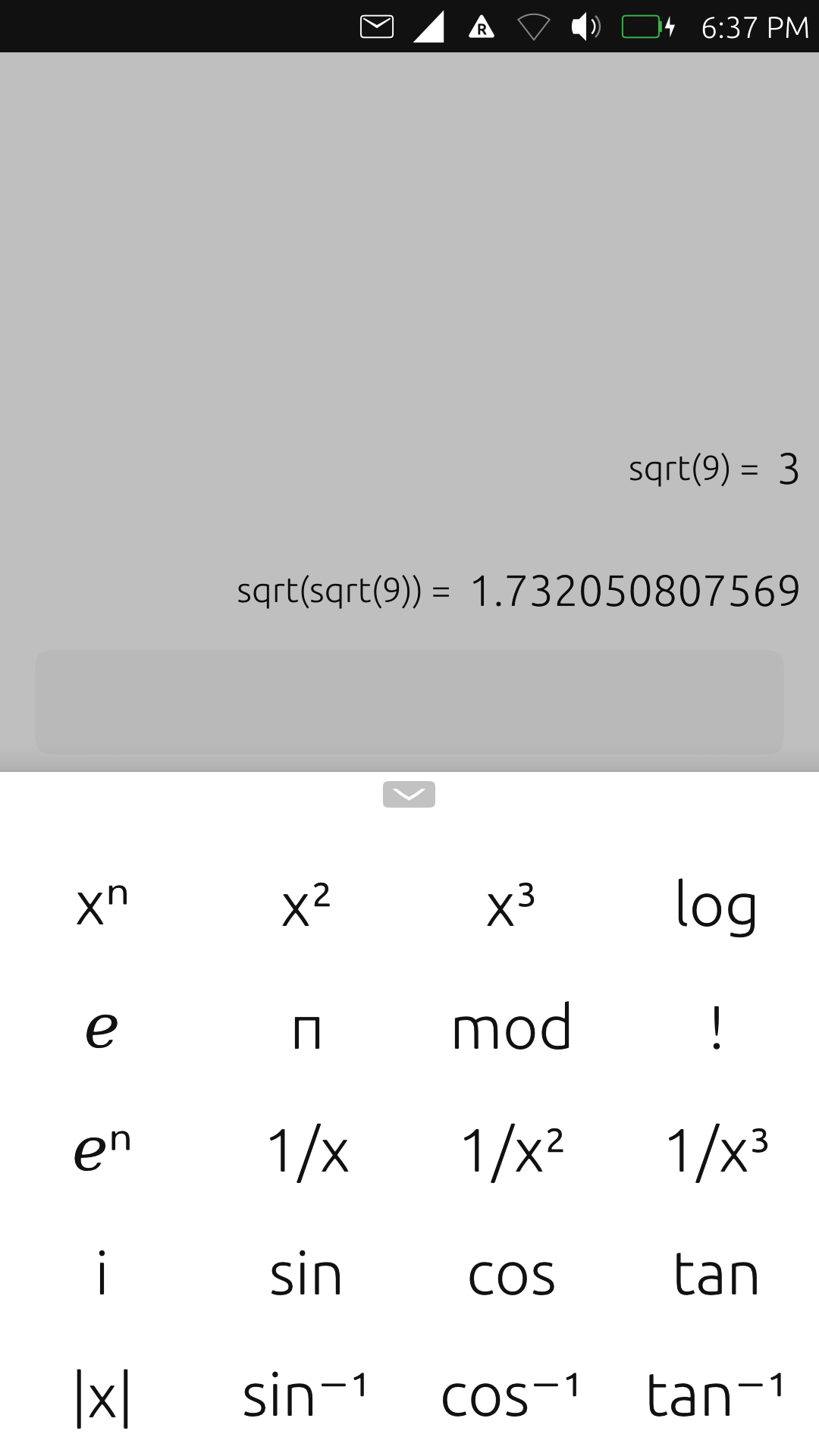
It makes sense to rename it to andvanced calculator or ingeneric caclulator because it is overkill for typical supermarket use.
File Manager
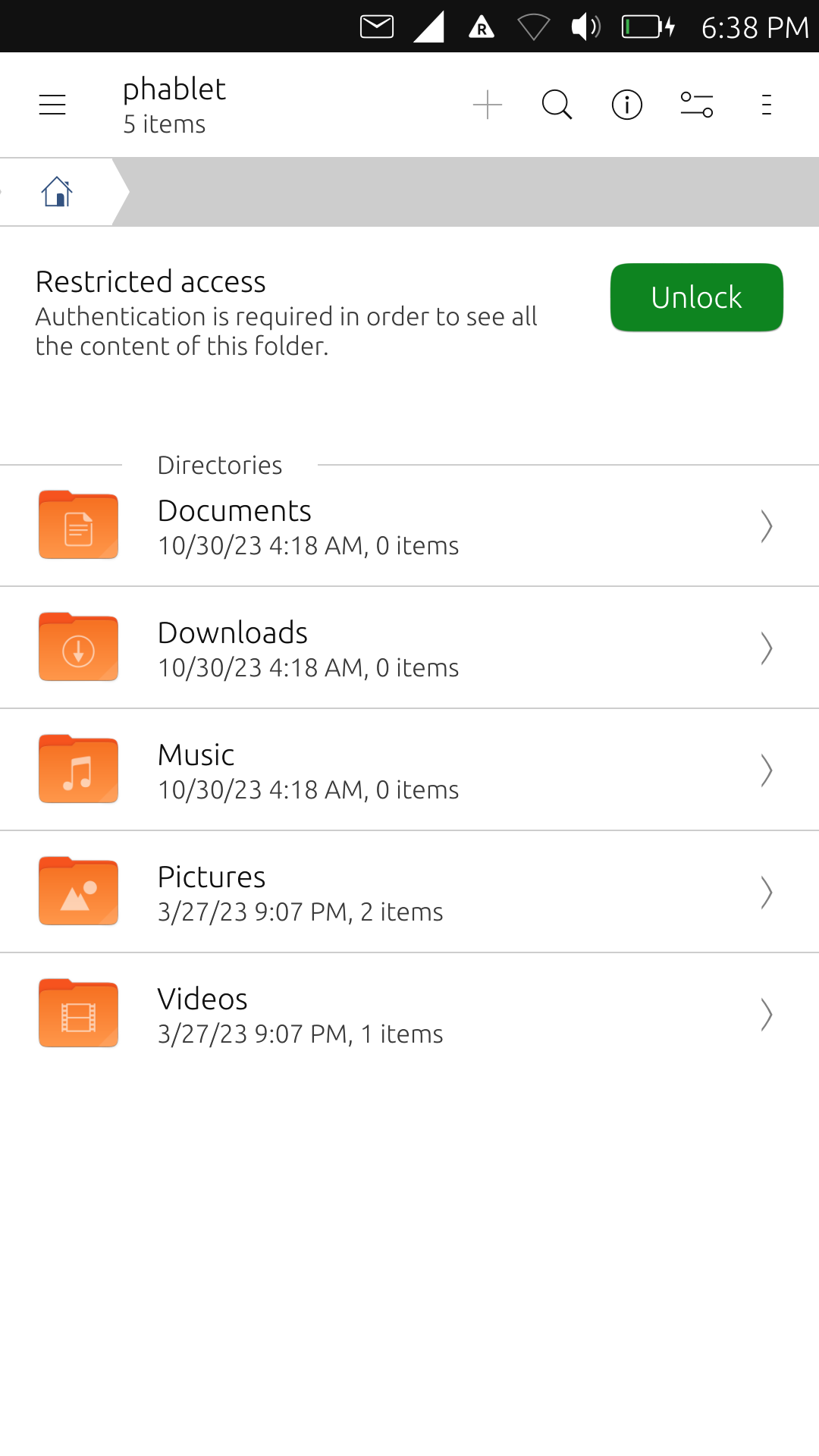
This looks very similar to the Ubuntu file manager, nothing out of the ordinary.
App Switcher
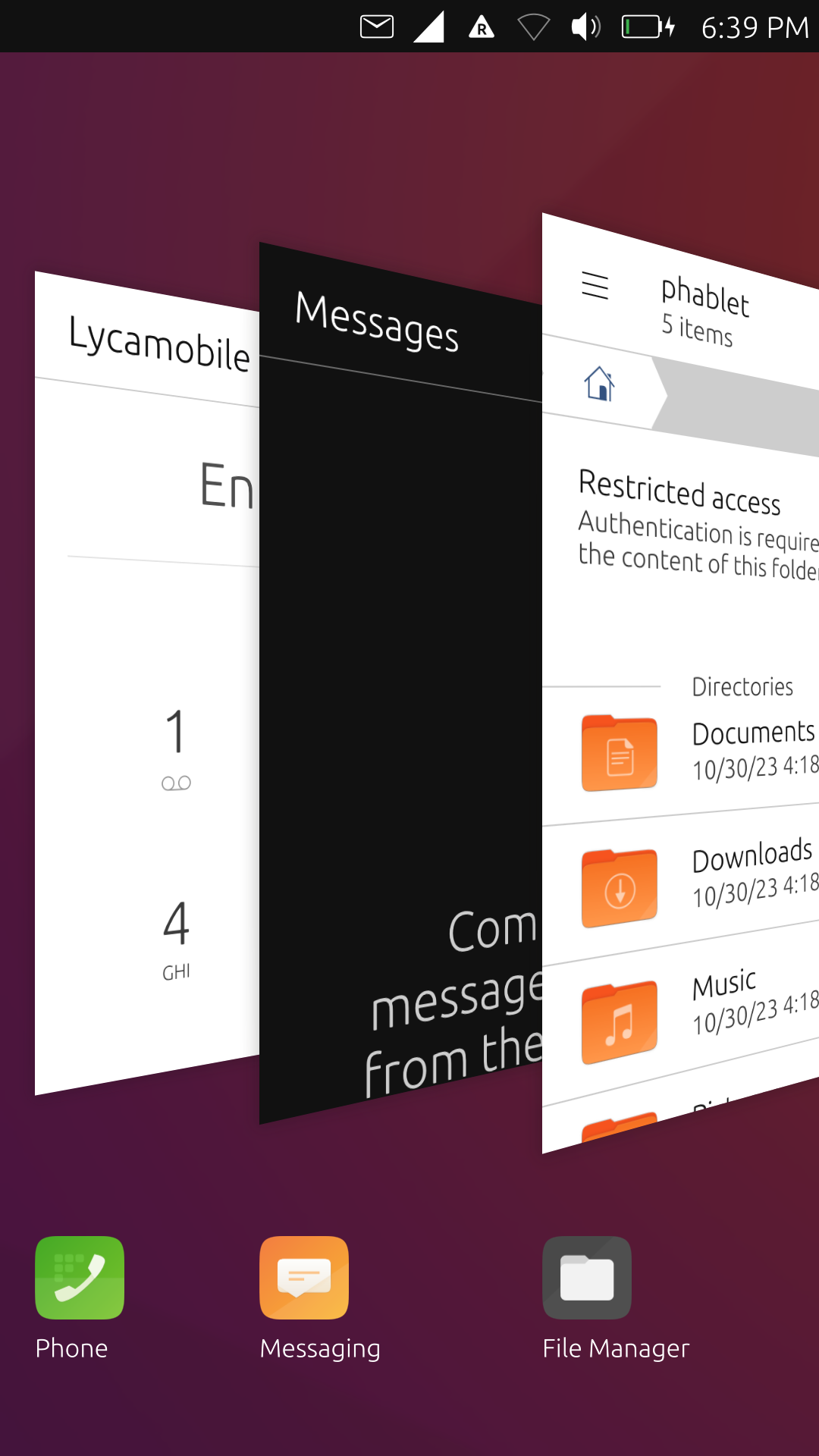
This switcher with angled 3D windows is super useful because it allows to see 15-20% of many windows at a time.
App list
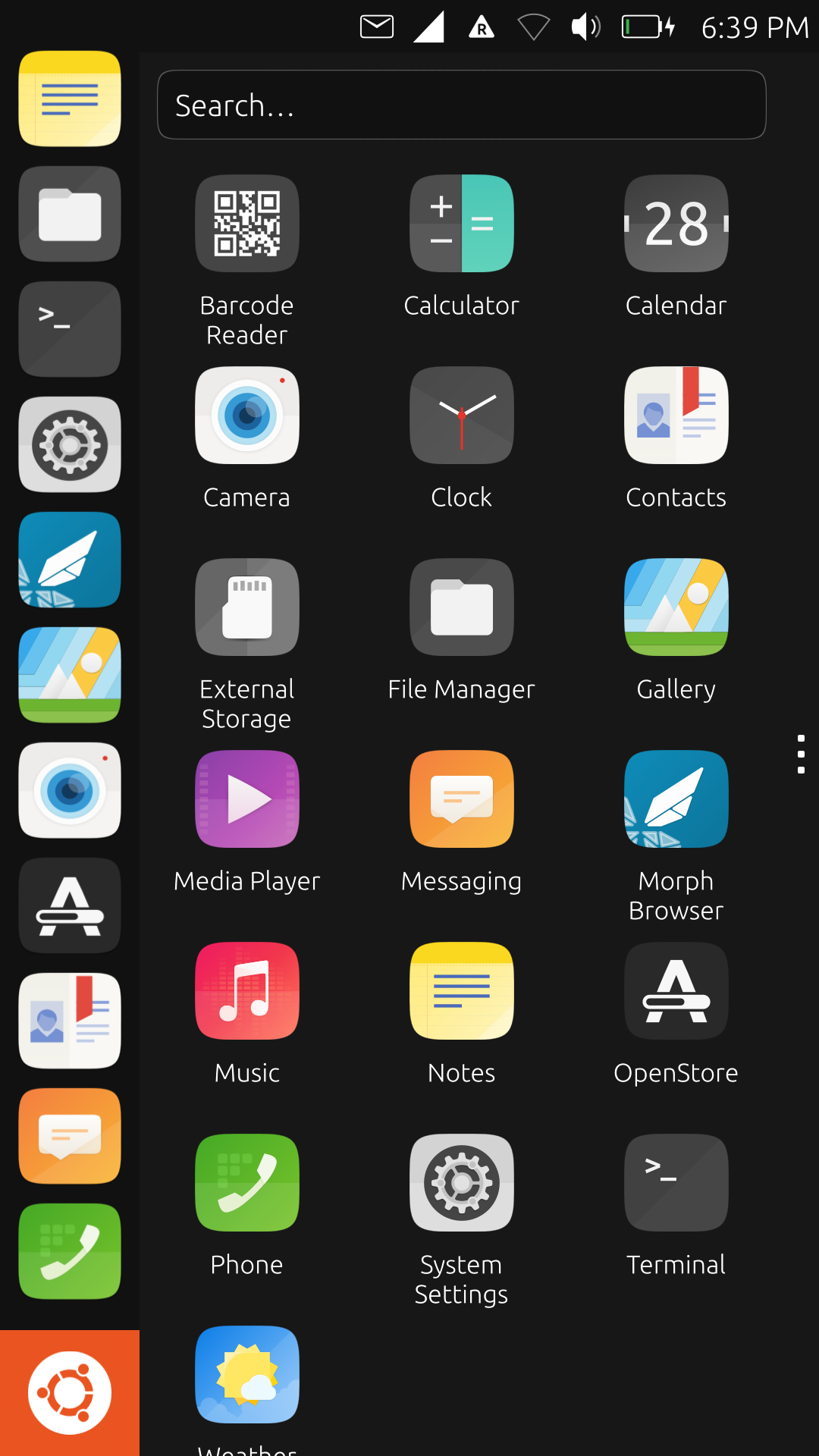
Small icons, it looks a lot like Android 4.
System Settings
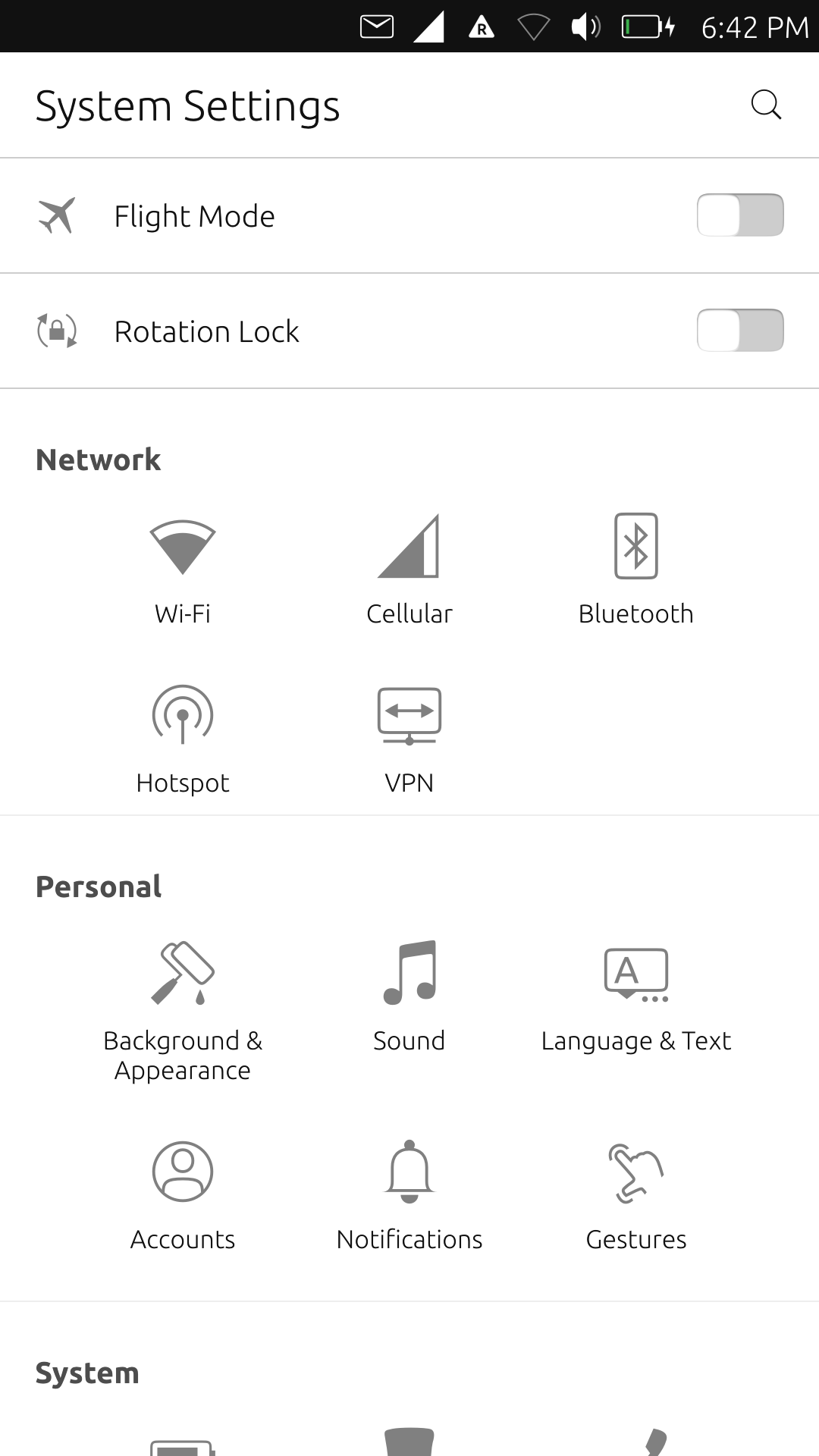
This is definitely stolen from KDE.
App permissions
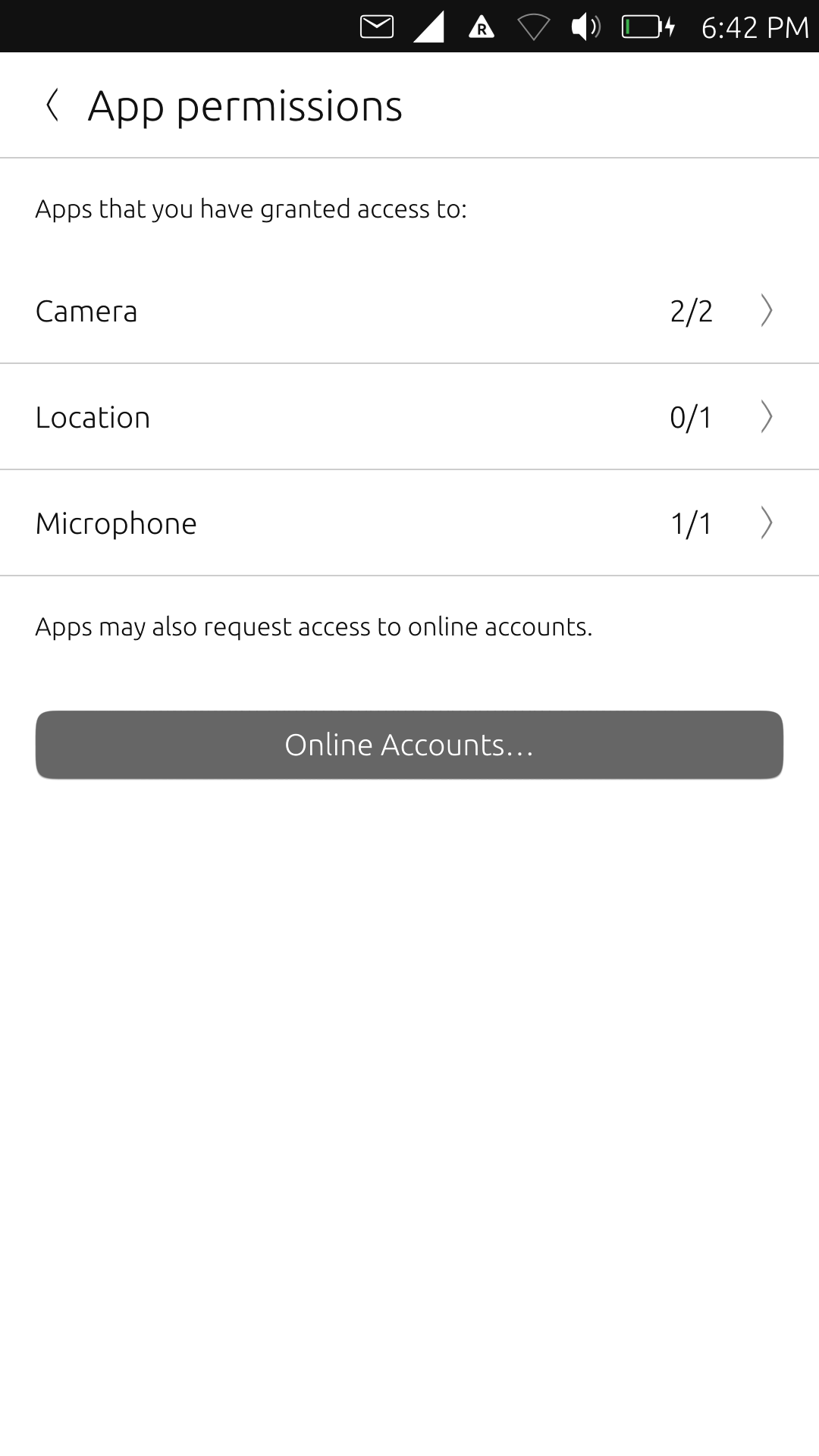
Must have in all mobile OS, it should prevent some random app from accessing your photos and uploading them all to China.
The Libertine
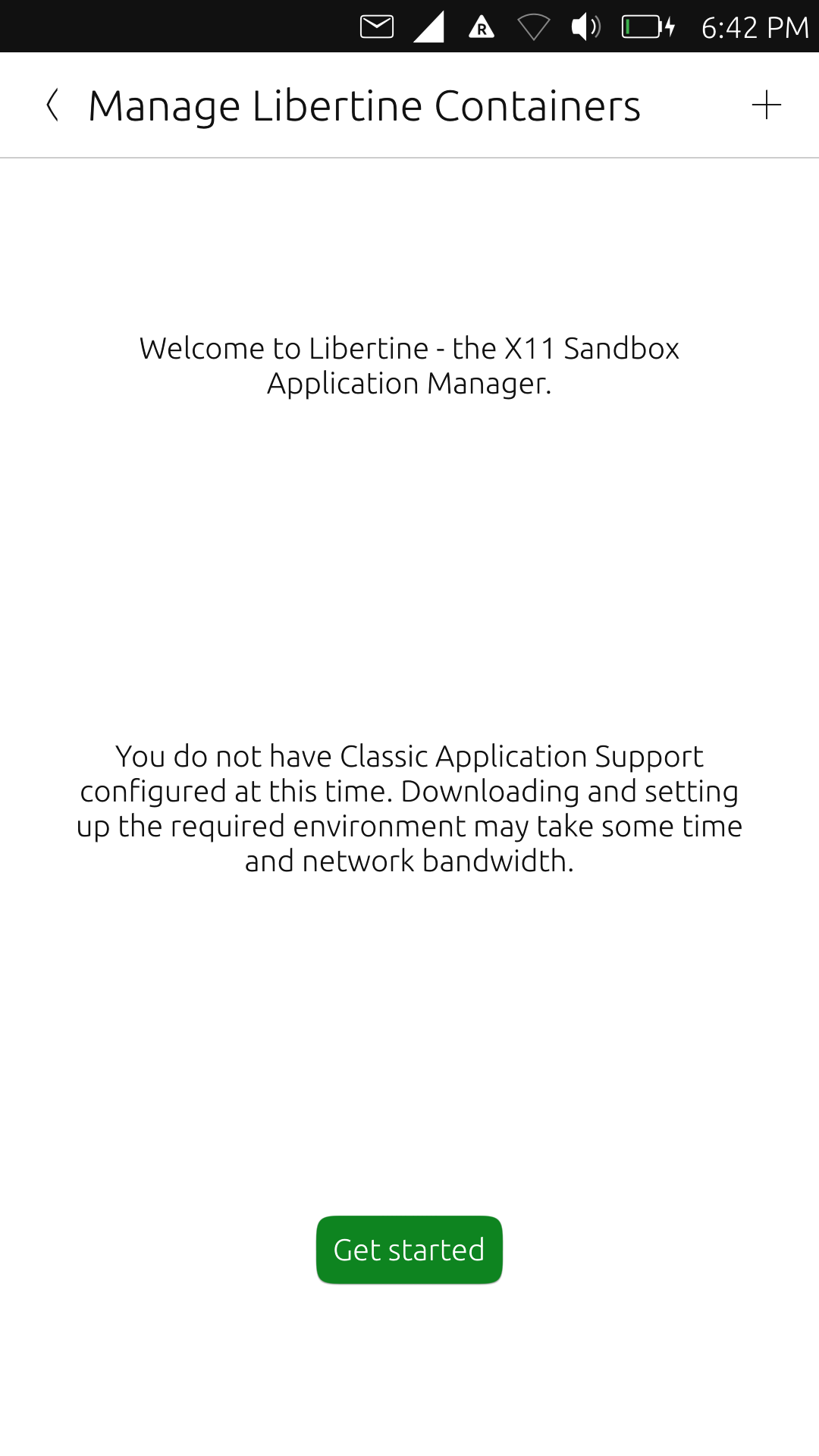
Linux container, something like kid of Docker and Flatpak.
Terminal & OS version
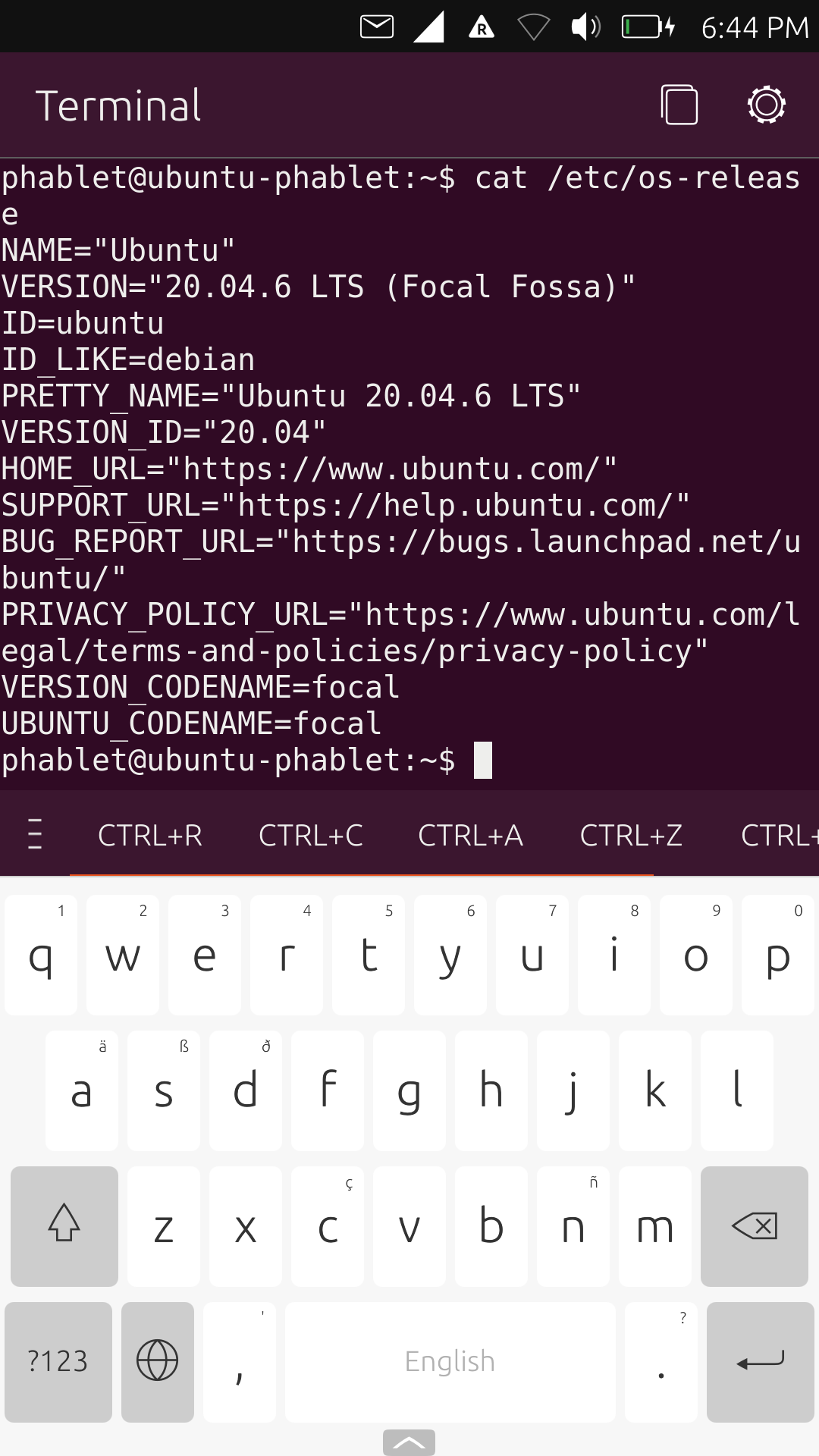
The terminal is very well adapted for touch screens, with F1-F12 keys support, the screen and Nano special modes.
Final note
After Android and iOS, it's like a breath of fresh air. Use it, contribute and donate too - Linux should and must be popular on mobile devices, because freedom and privacy are more important than millions of dollars in Google and Apple bank accounts.
